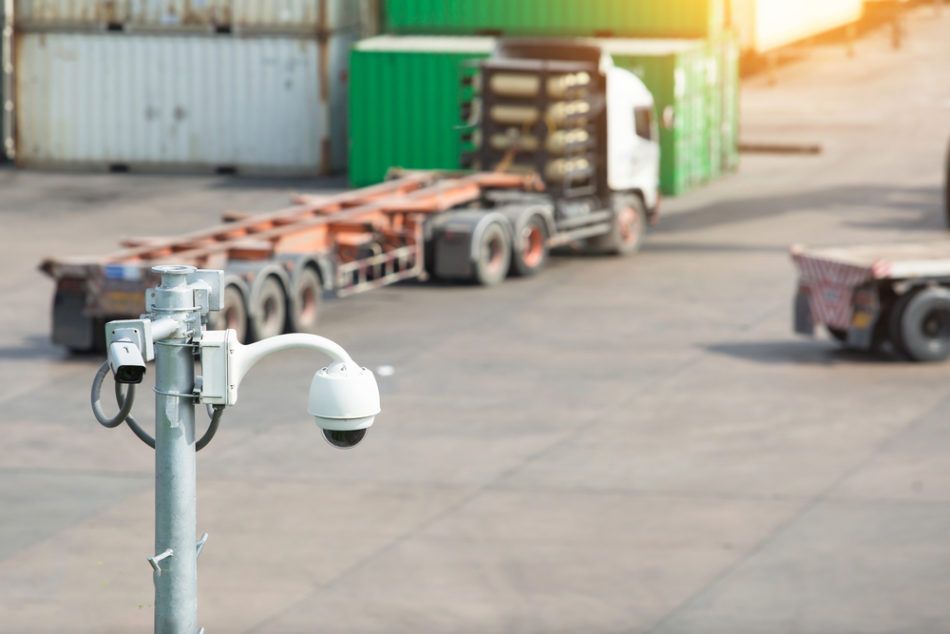School Security Systems: What’s Now and What’s Next?
Protecting American schools calls for the most effective and advanced security systems on the market. Understanding which technologies are currently...
Safety is essential, so why not choose an advanced, interoperable system that brings your security to new heights?
We rarely want to admit it, but the world is a fairly dangerous place. Despite an increase in metal detectors around the country, school mass shootings have become increasingly commonplace. 93 shootings occurred in the 2020-2021 school year alone, and incidents at large public venues, such as stadiums, convention centers, and concert arenas, aren’t unheard of. And that’s not the only kind of danger. Suspicious people enter spaces all the time for everything from theft to harassment and without visibility, it can be hard to track them down.
A few minutes can make all the difference when it comes to preventing a disaster, but most systems aren’t up to the task of quickly and seamlessly communicating with one another. After all, most security systems are siloed and require human involvement to move information from one siloed system to another, meaning addressing threats quickly isn’t always possible. Enter interoperability.
In a nutshell, interoperability is the ability of applications, products, equipment, and systems to seamlessly communicate information via a local area network (LAN), a wide area network (WAN), software, or hardware. Interoperability enables systems to automatically talk to one another to exchange information, just like you might speak with a coworker.
So, what’s the big deal, and why is interoperability important?
For one, organizations can be more adaptable when leveraging interoperability thanks to the improved data exchange that it facilitates. Once a system receives new information, it can automatically share it, making it fast and easy to manage and access information. As a result, you’ll spend far less time waiting for vital information to come through and you won’t need to manually combine information from multiple systems. That means your organization can stay light on its feet when handling security issues.
A unified ecosystem also allows for improved data protection, since you won’t need to manually enter personal information multiple times to access data across systems. What’s more, the chances of duplicate or obsolete data are much lower when systems automatically communicate with each other, so you can trust your data with confidence.
And that’s not all — interoperability can even help your wallet. Sure, it takes time and money to set up interoperable systems when you first start out. However, once they’re ready, you won’t need to manually request or import information from one system to another, helping you save money and resources in the long run.
Data unity and improved communication obviously sound great, but what does interoperability actually look like in practice? It looks like faster reaction times, fewer mistakes, and improved outcomes whenever security threats arise. It means faster problem resolution and increased safety for everyone in a space, whether it’s a school with a possible active shooter or an office with a hacker trying to steal sensitive information.
While many providers offer a siloed approach to physical security systems, which means separate access control, video, and radio systems, Avigilon/Motorola systems use an interoperable ecosystem featuring an unparalleled level of integration that ties everything together to create a more streamlined workflow. So, if you’re looking to make an investment into a true end-to-end solution that can help you respond to security issues faster than ever, look no further than the Avigilon/Motorola systems.
For example, imagine a problem occurred in the network datacenter. After looking at your access control report, you see one employee’s badge was swiped just before the incident, but they claim it wasn’t them who entered the space.
In non-interoperable systems, finding the responsible party might mean interviewing anyone around the datacenter and manually combing through footage. Not only is this a slow process, but there’s also plenty of room for human error. Someone might misremember when they spotted the intruder or miss them on the security footage.
It’s a different story with Avigilon/Motorola integrated systems. After discovering that someone’s card was used to swipe into the room, you can tell the system to pull up footage for each time the card was swiped to quickly spot the intruder. Then, you can order the system to search for someone matching their description. For example, if the suspect was wearing a red hat, the system would comb through the footage to find anyone wearing a red hat. It’s not just faster — it’s a significantly more effective process.
When facing a security threat, your response time can make all the difference on the outcome. So, while adopting systems with interoperability can mean spending time and money upfront, the investment will more than pay off in the long-run. Not only will your new solutions be able to seamlessly communicate with one another, eliminating the need for human involvement and the risk of human error, but they will also enable you to react to security threats faster than ever.
To take advantage of and experience the benefits of interoperability for yourself, it’s best to work with Turn-key Technologies, Inc. (TTI). An Elite Motorola partner, TTI has the experience and expertise to design, implement, and manage an integrated security system that will help keep everyone safe.
Contact us today to learn more about how interoperability can improve your workflow and reaction time.

Protecting American schools calls for the most effective and advanced security systems on the market. Understanding which technologies are currently...

The growing threat of mass shootings highlights the need for better security measures. In just the second half of September, mass workplace shootings...

From AI security cameras to biometric access controls, these IoT devices can help prevent warehouse theft and safeguard employees. The Internet of...